Critically endangered – a glossary #3
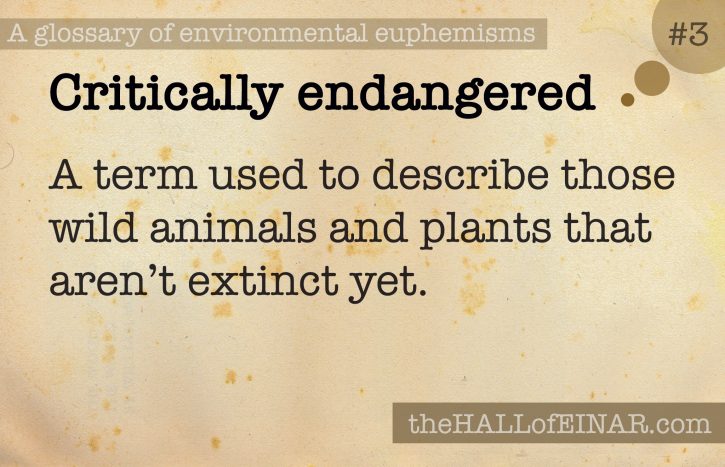
Life on Earth is in dire trouble. The Living Planet Report 2020 reports:
“The global Living Planet Index continues to decline. It shows an average 68% decrease in population sizes of mammals, birds, amphibians, reptiles and fish between 1970 and 2016. A 94% decline in the LPI for the tropical subregions of the Americas is the largest fall observed in any part of the world.”
That decrease means life itself is unsustainable if we continue. The way we produce and consume food and energy are killing life on Earth. Looking at the biomass (the mass of biological matter) of mammals, 60% is livestock, 36% is humans and 4% is wild mammals. 70% of bird biomass is chickens and poultry with just 30% wild birds. Unless we change, and change now, the future of life on Earth looks precarious. Demand for food is extinguishing pristine forests, grasslands and mangroves. Oceans have been overfished and the bottom of the sea wrecked.
If you’d prefer not to know that, here’s a cute seal pup:
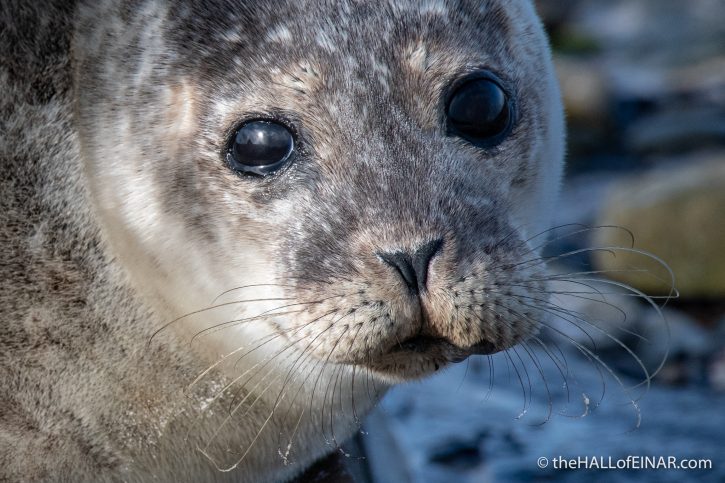
A Glossary of Environmental Euphemisms
 Farming – a glossary #5 We all need to eat to survive and most of us now rely on farmers to produce our food for… read more
Farming – a glossary #5 We all need to eat to survive and most of us now rely on farmers to produce our food for… read more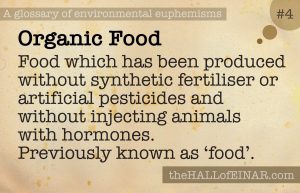 Organic food – a glossary #4 "Is organic food any better for you?", people ask, as if that's the only worthwhile question to ask. A follow… read more
Organic food – a glossary #4 "Is organic food any better for you?", people ask, as if that's the only worthwhile question to ask. A follow… read more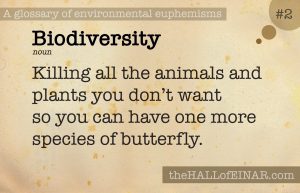 Biodiversity – a glossary #2 Biodiversity is a pretentious term used by people who want to sound as if they understand something that you don't.… read more
Biodiversity – a glossary #2 Biodiversity is a pretentious term used by people who want to sound as if they understand something that you don't.… read more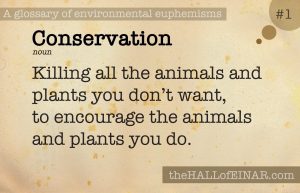 Conservation – a glossary #1 Conservation sounds like it should be a good thing, a thing with which everyone agrees. We all want to conserve… read more
Conservation – a glossary #1 Conservation sounds like it should be a good thing, a thing with which everyone agrees. We all want to conserve… read more